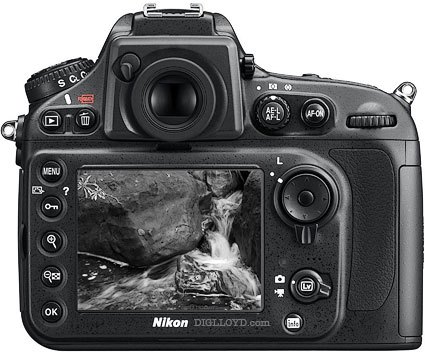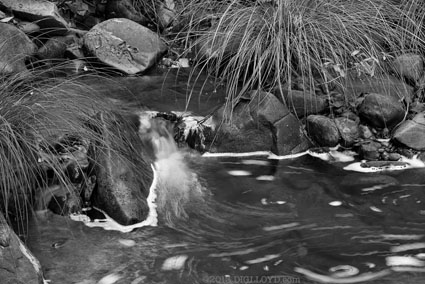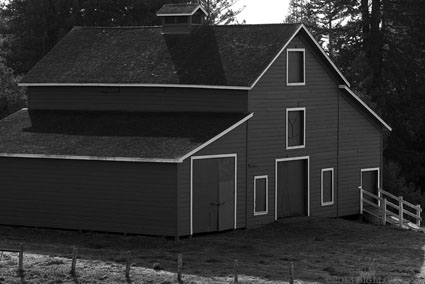A 36-megapixel Pure Monochrome Camera (Modified Nikon D800)
I am working with a modified Nikon D800 which has been altered so that it is now a true monochrome camera: no RGB filter array (removed), and of course no anti-aliasing filter. 36 megapixels that “see” in monochrome.
I am converting the files with a beta version of AccuRaw Monochrome, which has a special monochrome mode that does no Bayer matrix interpolation (treats the D800 NEF file as a pure monochrome image). In short, it’s like a Leica M Monochrom, but with 36 megapixels instead of eighteen.

The camera was custom converted by MaxMax.com:
To convert the camera to monochrome, I have to take the camera apart, remove the sensor, remove the ICF/AA stack, remove the sensor cover glass and then remove about 8 microns from the surface of the sensor.
I first remove the microlenses and then remove the Color Filter Array (CFA). I end up with the bare photodiodes.
For visible light, the loss of the microlenses, which increase sensitivity, and the loss of the CFA, which reduces sensitivity, about balance out. I think net in the visible is that the sensor becomes slightly more sensitive. For IR, the monochrome camera gains in sensitivity until about 750nm. By 800nm, the CFA is completely open anyhow, so the microlens loss is a net loss. In UV, the increase of sensitivity is huge. The microlenses and CFA block most of the UV. I have one customer who has told me he uses my monochrome camera down to 240nm with UV lasers they make.
DIGLLOYD: the camera I am testing is a visible light version with sensor cover glass to block (mostly) UV and IR, which for regular monochrome shooting is very helpful in not needing to add IR blocking filtration to the lens.
For monochrome shooting, lenses with superb color correction are ideal: in field shooting I found that the Zeiss 135mm f/2 APO-Sonnar offers correction so good that very little focus difference is seen (at 36 megapixels) when changing from no filtration to blue or green or deep red filtration (extremely impressive!), a challenge that even Leica M lenses tend to fall short in solving. The Zeiss 135/2 APO-Sonnar is thus a world-class standout.
I don’t yet know the best way to process the images; ACR does a decent job but shows artifacts. Still, I know how to sharpen and get the desired overall contrast out of ACR, even it shows demosaicing artifacts (color speckling / aliasing in particular).
Image below processed with Adobe Camera Raw; it generates artifacts including color speckling, but the tool I know is the one I can make look the best until I understand how to best use AccuRaw.

Nikon D800-MaxMaxMonochrome + Zeiss 135mm f/2 APO-Sonnar @ f/4.5

Nikon D800-MaxMaxMonochrome + Zeiss 135mm f/2 APO-Sonnar @ f/13
This image below processed using AccuRaw Monochrome beta. Hazy late November lighting was a challenge.

Nikon D800-MaxMaxMonochrome + Zeiss 135mm f/2 APO-Sonnar @ f/6.3, B+W 061 green filter
The modified camera does indeed seem to “see” in true monochrome, with all three channels nearly identical, e.g., monochrome. This is a perfect ETTR exposure.
























